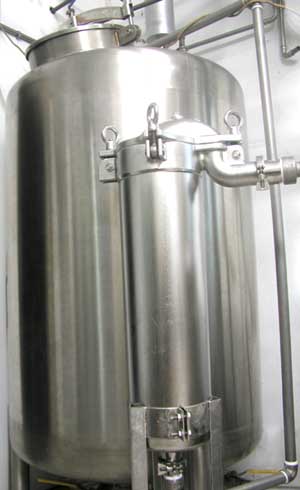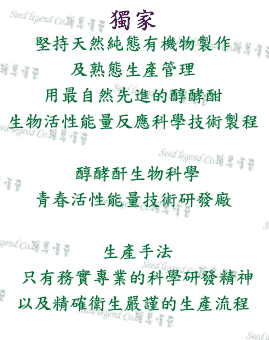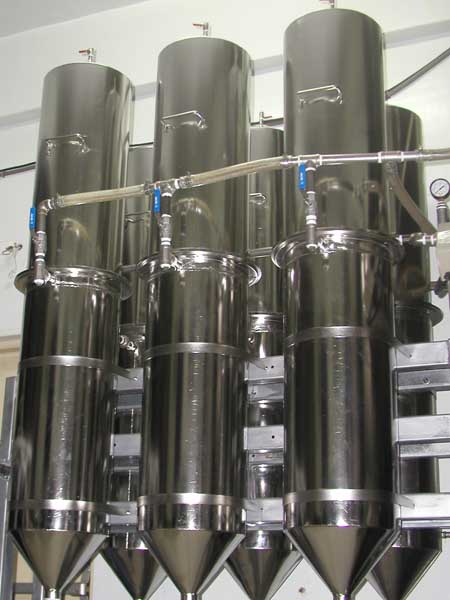|
醇酵酐生物科技擁有獨家三態發明製程專利、萃取出珍貴皂醇酐 |
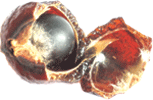 |
認識天然青春活性能量無患果
大自然孕育人類所需,無患果是上天賜與最珍貴禮物,帶給我們純淨的生活
相思傳奇給您無毒、健康、安全的呵護,網路口碑第一,醇酵酐生物科技與您共創綠能家園
經醇酵酣三態製程的無患果才有豐富的界面活性質量及豐富的優養維生素
|
無患子(果)青春活性能量的特性 對人類來說,無患果是一種經濟作物,是早期西方人到東方來發現的科學性資源物種之一,當時植物學家即訂無患果的屬名為「印度人的肥皂」。 「台灣府誌」稱無患果為「黃目樹」,形容其果實「色黃皮皺,用以幹衣,功同皂角。」果皮用水搓揉後會產生泡沫,台灣人以之用來搗衣,至少已有數百年的歷史。由於含有黃色素,衣服洗久了會染黃。另相傳以此搓洗頭髮,可常保青絲烏黑亮麗,兼具清潔與潤絲的功效,無患果果皮含有豐富皂素,洗滌器物後會產生光澤,因此珠寶界直到今天仍用來清洗首飾。無患果子中芢含有油脂抗菌無毒性可食用 無患果-明代本草綱目稱為木患子,鬼見愁,油珠子,台灣又名黃目子,搓目子、假龍眼、等等...亦被稱為洗手果、肥皂果樹、油羅樹。 無患果樹與荔枝跟龍眼同屬無患子科,現記約有13種,分佈於亞洲、美洲和大洋洲。中國產於長江流域以南經典相傳記栽以無患樹的木材製成祭祀的木棒可以驅魔殺鬼,因此名為無患。而拉丁學名Sapindus是soap indicus的縮寫,意思是「印度的肥皂」,因為無患果厚肉有膠質狀的果皮含有皂素,只要用水潤濕後搓揉便會產生泡沫,日常應用於清洗,是古代流傳至今的主要清潔劑。 樹本為落葉喬木,無患子果樹的木材可用於藝品雕刻及製造傢具,燃燒木料燻煙為除障驅蟲用。 結花與一般落葉樹於初春萌芽開花不同,花期為6-8月,黃白色小花圓錐的花序,生於枝條頂一年一產生。 果實直徑約1.5-2.5cm,果實成熟後會由半透明的綠黃色轉為深棕色,並且果皮會皺縮含富黏蜜狀的果膠質。 無患果的天然成份 果肉PH值4.0±中含無患果皂苷(Sapindoside A、B、C、D、E),其甘元為常青藤皂苷元(hederagenin),並含芸香及大量維生素、酪氨酸、甘氨酸、丙氨酸、果糖、葡萄糖、戊糖、甲基戊糖、阿拉伯糖及鼠李糖等。果酸檢驗報告 果醣檢驗報告 果籽芢PH值5.5±中含油量達42.3%,可榨油,油色金黃含有各種高級脂肪酸,計有:棕櫚酸4.0%、十八酸(硬脂酸)(Stearic)0.2%、二十酸(arachidic)4.4%、順-9-十八烯酸(Oleic)62.8%、順,順-9,12-十八碳二烯酸(linoleic)4.6%、亞麻酸(linolenic)1.6%、順-11-二十碳烯酸(eicosenoic)22.4%等。 無患果的果實功用 果皮中黏蜜狀的果膠質,味苦微甘,有小毒,但能清熱解毒含有自然的清潔劑即是(有機質皂酐),卸妝保養、美化皮膚、淡斑除皺、烏黑毛髮,防止掉髮禿頭等清潔功效,特別適合清洗蔬菜水果及高級絲質品、貴重黃金寶石的洗濯,天然有機質皂苷的結構鍊除垢去污,消毒殺菌會自然分解,不會造成環境荷爾蒙污染生環境。 無患子果籽芢可烤食可榨油(金黃色的油質),無患子芢油溫潤無毒,飲用化痰止咳,除口臭去喉繭,無患籽油塗抹皮質潤澤保濕消炎抗菌。
|
 無患子 (果) 生產製作流程圖 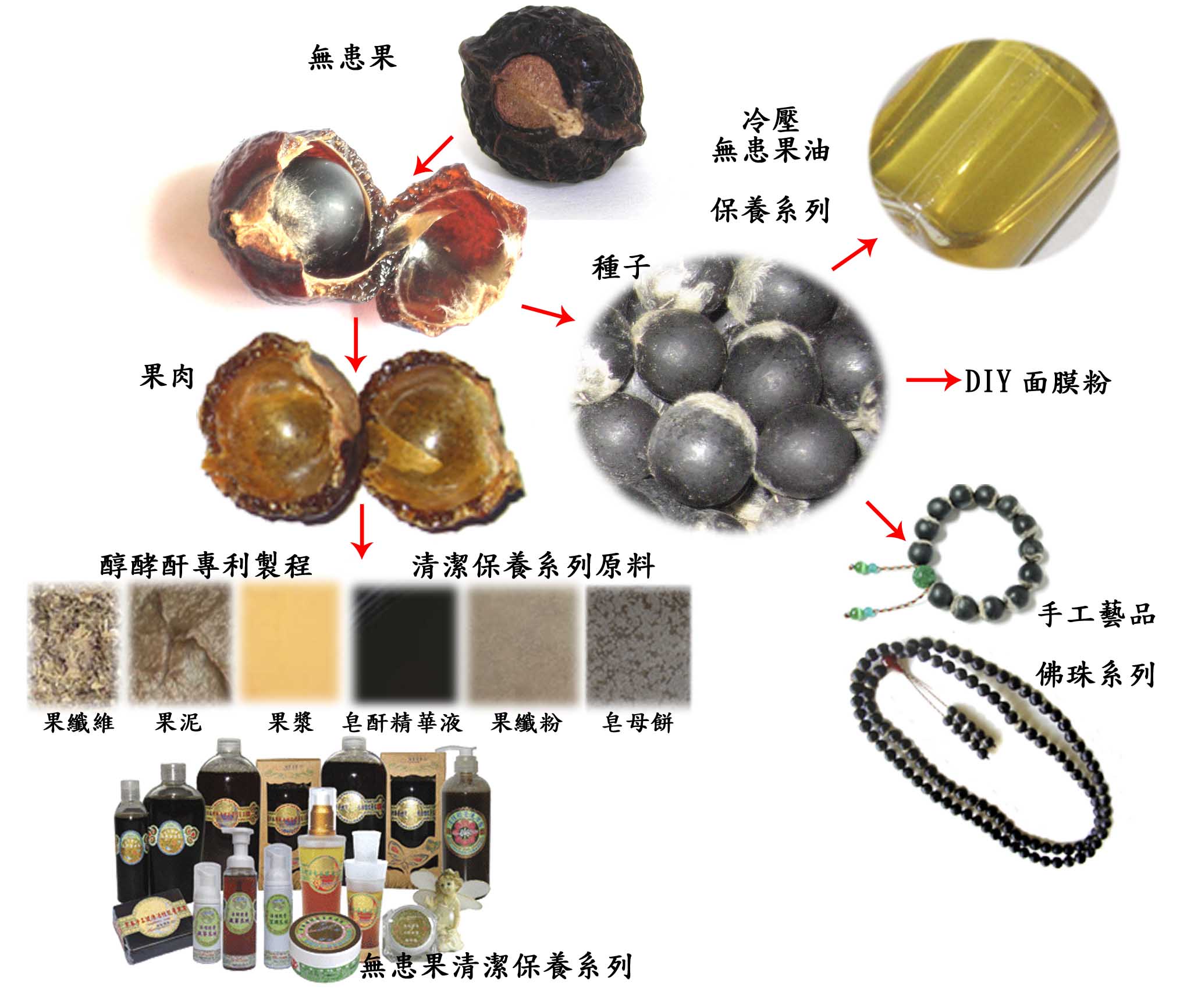 |
特殊生物科學技術有機胺酸蛋白質穩態機組
|
|
|
|
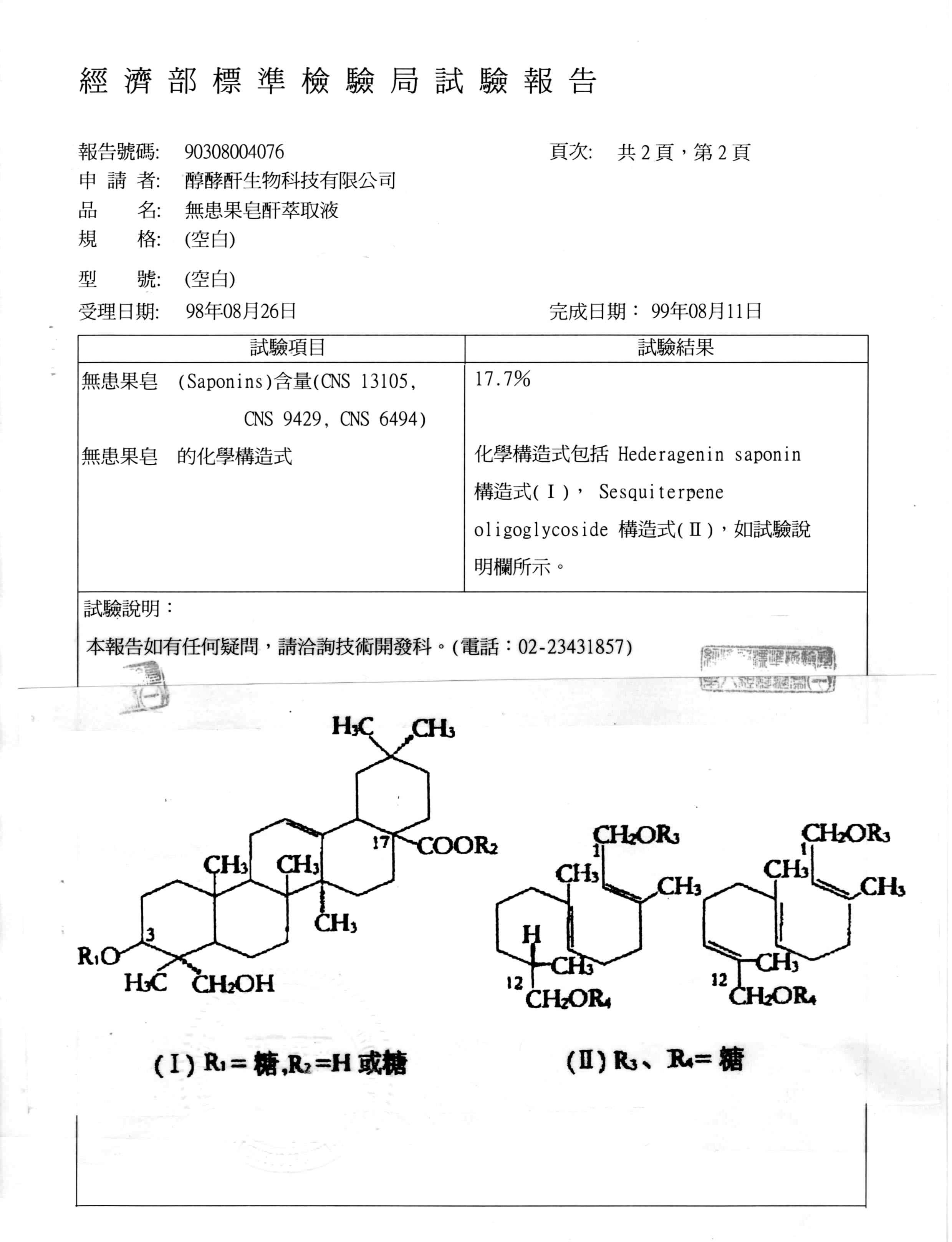
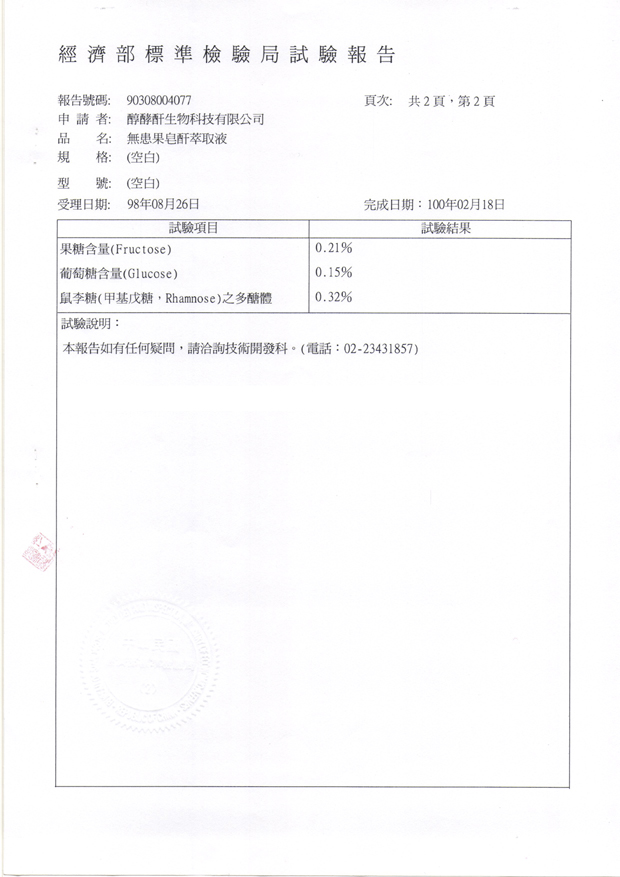
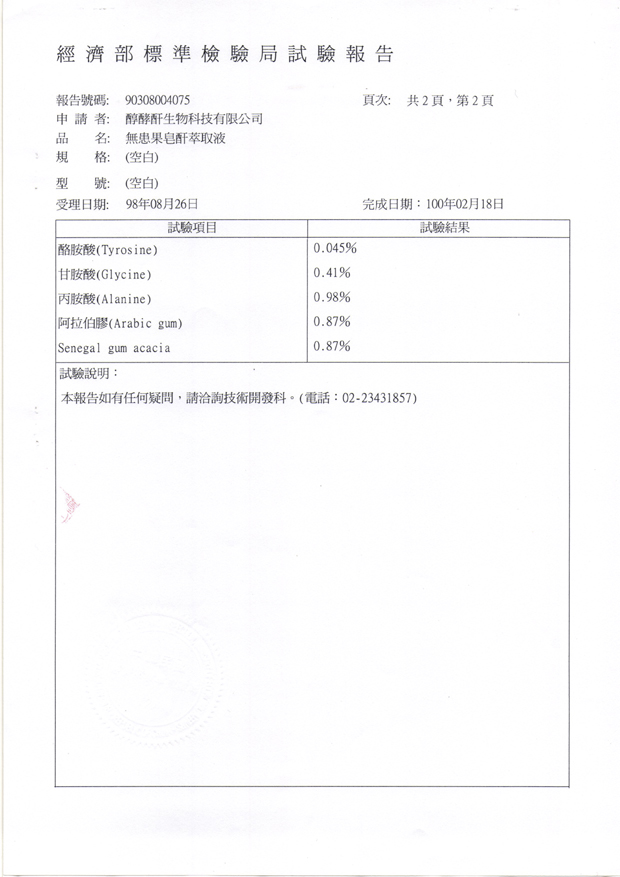
Saponins來源網站http://www.phytochemicals.info/phytochemicals/saponins.php/ |
| Phytochemical: | Saponins |
| Properties: | Saponins have many
health benefits. Studies have illustrated the beneficial effects on
blood cholesterol levels, cancer, bone health and stimulation of the
immune system. Most scientific studies investigate the effect of
saponins from specific plant sources and the results cannot be applied
to other saponins. Cholesterol reduction Saponins bind with bile salt and cholesterol in the intestinal tract. Bile salts form small micelles with cholesterol facilitating its absorption. Saponins cause a reduction of blood cholesterol by preventing its re-absorption. Reduce cancer risk Studies have shown that saponins have antitumor and anti-mutagenic activities and can lower the risk of human cancers, by preventing cancer cells from growing. Saponins seem to react with the cholesterol rich membranes of cancer cells, thereby limiting their growth and viability. Roa and colleagues found that saponins may help to prevent colon cancer and as shown in their article "Saponins as anti-carcinogens" published in The Journal of Nutrition (1995, 125, 717s-724S). Some studies have shown that saponins can cause apoptosis of leukemia cells by inducing mitotic arrest. Immunity booster Plants produce saponins to fight infections by parasites. When ingested by humans, saponins also seem to help our immune system and to protect against viruses and bacteria. Reduce bone loss Studies with ovariectomized induced rats have shown that some saponins, such as the steroidal saponins from Anemarrhena asphodeloides, a Chinese herb, have a protective role on bone loss. Antioxidant The non-sugar part of saponins have also a direct antioxidant acitivity, which may results in other benefits such as reduced risk of cancer and heart diseases. |
| Facts about Saponins: | Saponins from Yucca and Quillaja are used in some beverages, such as
beer, to produce a stable foam. The detergent properties of saponins
have led to their use in shampoos, facial cleansers and cosmetic creams.
|
| Description: | Saponins are glucosides with foaming characteristics. Saponins
consist of a polycyclic aglycones attached to one or more sugar side
chains. The aglycone part, which is also called sapogenin, is either
steroid (C27) or a triterpene (C30). The foaming ability of saponins is
caused by the combination of a hydrophobic (fat-soluble) sapogenin and a
hydrophilic (water-soluble) sugar part. Saponins have a bitter taste.
Some saponins are toxic and are known as sapotoxin. |
| Distribution: | Saponins are phytochemicals which can be found in most vegetables,
beans and herbs. The best known sources of saponins are peas, soybeans,
and some herbs with names indicating foaming properties such as
soapwort, saoproot, soapbark and soapberry. Commercial saponins are
extracted mainly from Yucca schidigera and Quillaja saponaria. |
![]()
醇酵酐生物科技有限公司 統一編號:28968353 工廠登記證:99-693785
聯絡電話:+886-2-29544356 ,E-mail:seed.legend@gmail.com
地址:22061台灣 新北市板橋區和平路10號2樓
2F/No.10,Heping RD;Banciao,Taipei County 22061 Taiwan
花蓮服務處:花蓮縣光復鄉中正路一段54號
Hualien Service:No.54, Zhongzheng Road, Guangfu Township, Hualien County
專利在案.仿冒必究 Invention Patent Application
